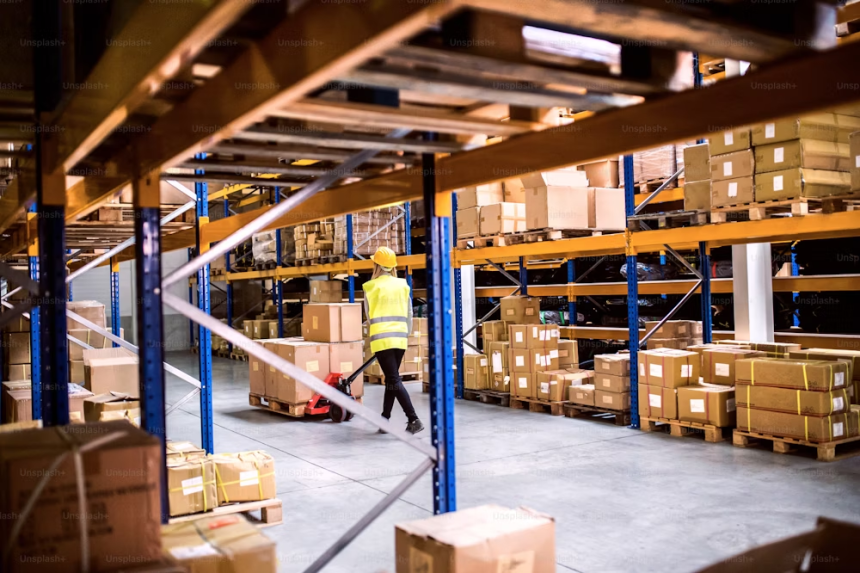Table of Content
Try Vizitor for Free!

Mon, Jul 27, 2020
Read in 5 minutes
Digital is commonly perceived as a non-physical, temporary for the carbon footprint. However, most of the digital services run on physical servers that do require electricity, and even in today’s technologically advanced era, most of the electricity is still produced by burning fossil fuels. That means even the digital services have a real impact on carbon emission and are very much responsible for global warming. There have been various debates about the impact, and how to minimize it.
Major IT companies are already measuring their carbon footprints. Are you?
Talking about the numbers first, some of the major companies have already started measuring their carbon footprints. Amazon has already started sharing its carbon emissions data. In the year 2018, Amazon generated 44.4 megatons of carbon emission. Which is as much as emitted by Finland. Most of the carbon emissions from Amazon came from packaging and transportation, business travel, etc.
Even Apple had the carbon emission of 25.2 megatons in 2018,Equals to the carbon emission of Mongolia. However, if exempt the emission generated from the production of apple goods, then it will only remain to just 0.6 megatons
As we can understand by the numbers, IT companies do have a significant impact on carbon emissions. But, what can be done to minimize the impact?’
1. Use scalable architecture:
With the rise in cloud computing, most of the businesses have started to migrate their infrastructure to the cloud. But this typical approach of using the cloud infrastructure involves renting 24/7 servers that will safely exceed the current peak load of business.
However, different people use the Internet differently and your services depending on the time of the day, which can result in a big difference in load. The load in the night time is mostly lower than midday and the analytics tool can give you a very clear understanding of how the data usage applies to your service.
This is where the scalability comes handy. For software running with a scalable architecture, load balancers can simply add more power to your machine depending on the requests you are receiving. That means you don’t need to pay for servers running in idle mode. Most of the cloud providers provide load balancing, both in horizontal and vertical ways. But in order to do so, we need to build the services by keeping scalability in mind. But once you start, doing it will save you quite a good amount of money along with lowering your cloud infrastructure carbon footprint.
2. Use greener providers
Cloud providers use different types of energy supplies. First of all, their choices may be based on state electricity services in the region. For example companies in Sweden rely mostly on renewable energy like wind and hydro. However, France is based on nuclear power which is also a greener choice.
So the carbon emissions of your server provider depend on the location of the data center. Bigger the services such as Droplet or AWS the more they pay attention to ecological sustainability.
3. Choose your programming language wisely
Programming languages differ in different ways including logic, syntax, capabilities, and more. Different programming languages also differ in terms of resource usage. Scripts in the programming languages such as JavaScript or Python consume more resources that the programs written in Fortran C++ or Rust. The more resources a programming language demands the more carbon emission will be there.
• It’s worth understanding, that faster doesn’t mean greener. In some cases, a program may need to execute longer but will consume less energy.
• Of course, people are more likely to choose the programming languages based on the task they need to perform, based on the skill of your workforce, and according to the rest of the compatible technological stack, but it’s worth taking the power aspect into account. A program that is written in JavaScript will consume about double resources than a program written in C.
It’s something basic to understand that optimizing the code can lower the carbon footprint as well making your code run faster and become less power-hungry., no matter the language.
4. Optimize your Web pages
Lately, the size of the average webpage has exceeded more than 3 megabytes. The bigger the web page is the more power it will need to transfer the content from server to client. But this doesn’t seem to be a huge part of carbon emissions, but the Green Web Foundation disagrees with the statement.
As per the recent research, a website running a background video on a web page will result in a much more carbon-emitting page. For example, video streamed over the Internet has the same carbon footprint as the country of Spain (To top it off 27% of this carbon footprint comes porn accounts) So when it comes to optimizing your website point zero is to not optimize it to playing videos automatically.
In order to optimize your website for better performance. Google Lighthouse is a good example. It simply scores your website on 4 major measures.
-
Performance Optimization
-
Accessibility
-
Using Best Practices
-
SEO Optimization
Actually, the performance involves every aspect, even the search engine ranking and bounce rate.
There’s another tool called Greenhouse, that will analyze your pages and check out which of the domains are running on renewable energy. It’s not as powerful as Lighthouse in terms of optimization and stuff, but it helps ecologically savvy organizations to choose the perfect service provider.
You can also check The Green Web App to check if your website is hosted on a server that runs on green energy or not. Unfortunately, not many of the hosting providers run on renewable energy. So if you scan your website it probably will end up in gray, which means that the green web app has not the relevant information about your hosting providers.











